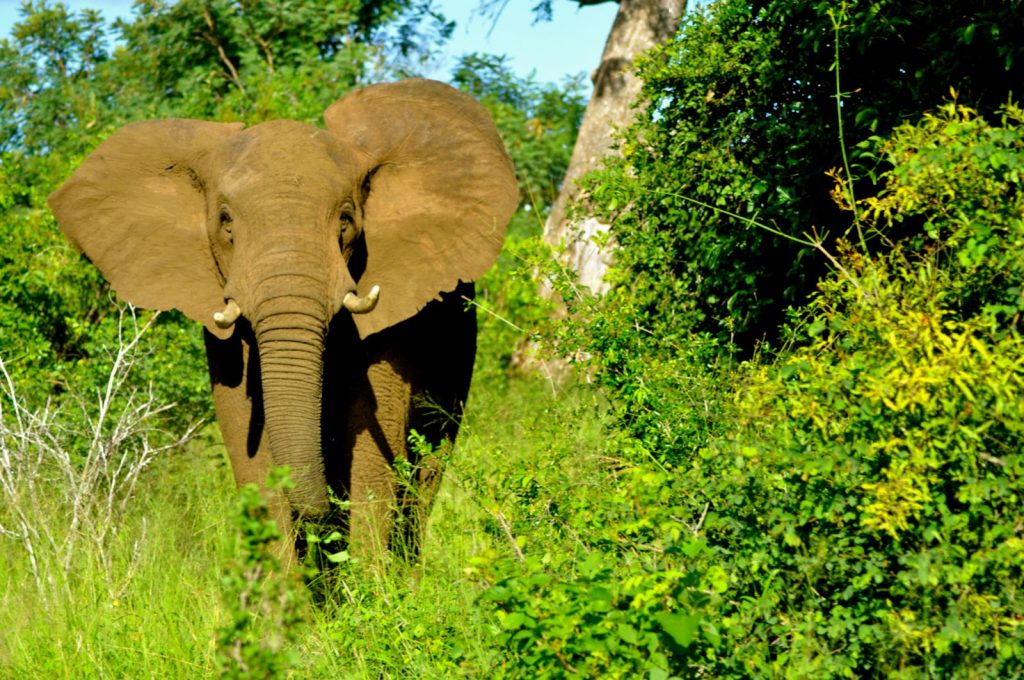I don’t write about it often here on this blog, but the illegal poaching of animals in Africa, specifically elephants and rhinos, is one of the causes that I am most passionate about. How poachers can stalk, and brutally kill, these magnificent creatures is beyond me, which is why this next story is so disturbing on a number of levels.
Outside Online is reporting that the largest elephant in the world has been slaughtered in Kenya by poachers looking to claim its tusks. The elephant, who was so well known there that he was named Satao, was struck and killed by a poisoned arrow on May 30. The poachers then went on to hack off his face to claim the giant tusks for sale on the black market. The only way to identify the creature was by his ears, and rangers recognizing the patterns of mud that had been observed on his body a few days earlier.
Ivory is still in high demand in certain parts of the world, and as a result, elephants continue to be hunted illegally throughout Africa. The Outside report indicates that 97 elephants have already been poached in Kenya this year, and the numbers in other countries are even higher. Considering how low the number of elephants on the continent already are, those high number of deaths is alarming. It may not be that many more years before there are no wild elephants left there.
Satao was part of a special breed of elephants known as the great tuskers, who are renowned for growing extremely large tusks, His were estimated to be 100 pounds (45 kg) each, which made him a prime target for poachers. But elephants are very smart creatures, and Satao had learned over time that it was best to keep his tusks hidden from man. He would often stay concealed in the brush to prevent anyone from seeing just how large they actually were. With his death, there are only about a dozen of the great tuskers still known to be alive in Africa.
Kenya has been working hard to protect its elephant herds, and has deployed more anti-poaching squads to help stop the illegal activity. But the demand for ivory (and rhino horns) is so high, that poachers will go to great lengths to nab their prey. With resources stretched to the limit, and a lot of wild ground to cover, it is difficult to keep the animals safe. Still, Kenya has been more successful in their conservation efforts than a lot of countries, despite lots of internal strife in recent years. The death of Satao is a major blow for those efforts.
I’m not sure exactly what the answer is for illegal poaching. At the moment, it is far too lucrative of an enterprise for local hunters to give up easily. The punishment for the crime has increased dramatically in recent years, and efforts to stop the poachers have become more organized and sophisticated as well, and yet it seems that we continue to lose this fight. At this point, it appears that it won’t end until there are no more animals to poach. Lets hope it doesn’t come to that.
- Gear Review: The Xero Scrambler Mid is an Ultralight Hiking Shoe for Spring - March 1, 2023
- Gear Review: Yeti Roadie 48 Wheeled Cooler - August 18, 2022
- Kristin Harila Continues Pursuit of 8000-Meter Speed Record - August 16, 2022
